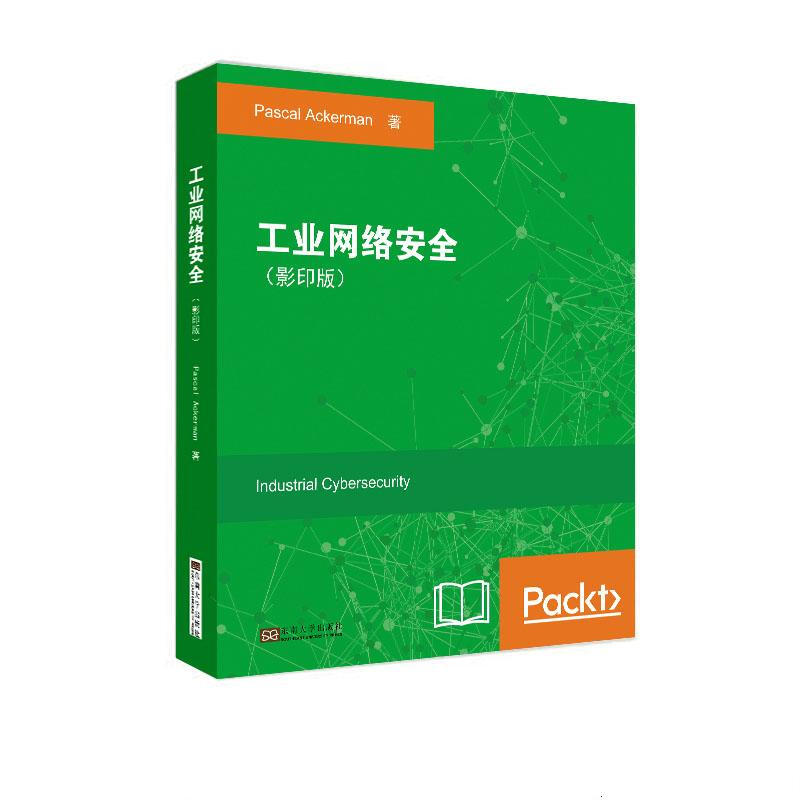- ISBN:9787564178635
- 装帧:一般胶版纸
- 册数:暂无
- 重量:暂无
- 开本:24cm
- 页数:440页
- 出版时间:2018-10-01
- 条形码:9787564178635 ; 978-7-5641-7863-5
内容简介
《工业网络安全(影印版)》首先介绍了工业控制系统(ICS)技术,包括芯片的体系结构、通信媒介和协议。在介绍了ICS相关的攻击场景之后,讨论了ICS的安全性,包括网络分割、纵深防御策略和保护解决方案等主题。除了保护工业控制系统的实际例子外,本书还详细介绍了安全评估、风险管理和安全程序开发。它还涵盖了网络安全方面的内容,如威胁检测和访问管理,讨论了与端点硬化相关的主题,如监视、更新和反恶意软件实现。
目录
作者简介
帕斯卡·阿克曼(Pascal Ackerman) is a seasoned industrial security professional with a degree in electrical engineering and over 15 years of experience in designing, troubleshooting, and securing large-scale industrial control systems and the various types of network technologies they utilize. After more than a decade of hands-on, in-the-field experience, he joined Rockwell Automation in 2015 and is currently employed as Senior Consultant of Industrial Cybersecurity with the Network and Security Services Group. He recently became a digital nomad and now travels the world with his family while fighting cyber adversaries.
-

全图解零基础word excel ppt 应用教程
¥15.6¥48.0 -

有限与无限的游戏:一个哲学家眼中的竞技世界
¥37.4¥68.0 -

硅谷之火-人与计算机的未来
¥12.7¥39.8 -

机器学习
¥59.4¥108.0 -

深度学习的数学
¥43.5¥69.0 -

智能硬件项目教程:基于ARDUINO(第2版)
¥37.7¥65.0 -

情感计算
¥66.8¥89.0 -

元启发式算法与背包问题研究
¥38.2¥49.0 -

LINUX企业运维实战(REDIS+ZABBIX+NGINX+PROMETHEUS+GRAFANA+LNMP)
¥48.3¥69.0 -

AI虚拟数字人:商业模式+形象创建+视频直播+案例应用
¥62.9¥89.8 -

LINUX实战——从入门到精通
¥48.3¥69.0 -

UNIX环境高级编程(第3版)
¥164.9¥229.0 -

剪映AI
¥52.8¥88.0 -

数据驱动的工业人工智能:建模方法与应用
¥68.3¥99.0 -

深度学习高手笔记 卷2:经典应用
¥90.9¥129.8 -

纹样之美:中国传统经典纹样速查手册
¥76.3¥109.0 -

UG NX 12.0数控编程
¥24.8¥45.0 -

MATLAB计算机视觉与深度学习实战(第2版)
¥90.9¥128.0 -

UN NX 12.0多轴数控编程案例教程
¥24.3¥38.0 -

微机组装与系统维护技术教程(第二版)
¥37.8¥43.0














